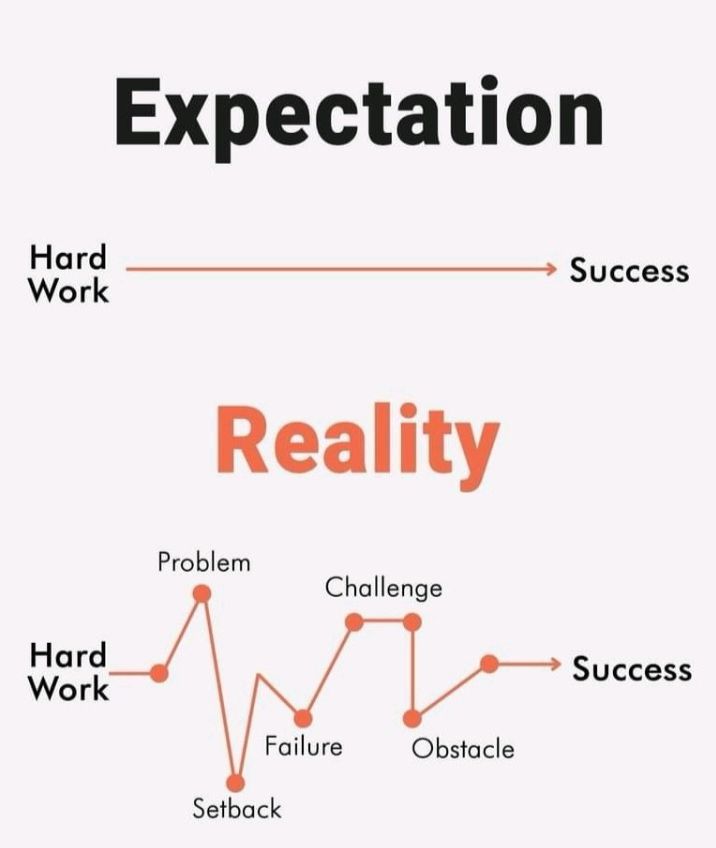As artificial intelligence (AI) continues to transform the workplace, leaders are faced with the challenge of managing expectations around its adoption and implementation. With the hype surrounding AI’s productivity gains, it’s essential to separate reality from expectation and ensure a smooth transition for both leaders and their people.
The Hype vs. Reality
In recent research by The Upwork Research Institute revealed a significant gap between expectations and reality. While 96% of C-suite executives expect AI to increase productivity, only 26% have AI training programs in place, and a mere 13% report a well-implemented AI strategy. This disparity highlights the need for leaders to manage expectations and take practical steps to ensure successful AI is understood by their people so adoption can occur.
Practical Steps for Leaders
- Align Expectations: Ensure leaders are on the same page regarding AI adoption and its goals. Surface individual agendas and business areas to create a unified understanding.
- Explore Problems to Solve: Identify specific problems to tackle with AI, rather than introducing technology for its own sake. Involve teams in the process because they know what the problems are for their work and the customer experience. They will help you to gain the most valuable insights and quickly.
- Develop a Clear People-Centred Strategy: Create a roadmap for AI adoption, including ideation, proof of concepts, and experiments. Be realistic about involving teams by creating the space to learn and participate and managing their expectations.
- Foster a Culture of Experimentation: Encourage a culture open to trying new things, learning from failures, and evolving skills. This will help teams build understanding, be curious about and ultimately embrace AI to maximise its benefits.
- Manage Cultural Dynamics: Recognise that AI adoption is not a silver bullet. Navigate media hype, and apply a realistic lens to your organisation’s current state, culture, and processes.
The Role of Leadership
Leaders have a great opportunity to harness the natural desire for progress and improvement within their teams. By managing expectations, being thoughtful about problem-solving, and creating a culture of experimentation, leaders can embark on a successful AI adoption journey.
Remember, it’s about baby steps, not a sudden leap from zero to 100.
Also, AI is not going to solve your existing issues around human behaviour that have never served your culture or business outcomes. In fact AI will only add pressure to the human to human dynamics. Your role as a leader is to address the issues now in a way that creates clarity of what’s needed in the workplace now and into the future.
Key Takeaways:
- Assess AI Readiness: Evaluate your organisation’s cultural attributes, ways of working, data processes, systems, infrastructure, knowledge, and skills to determine what can be achieved with AI.
- Manage Expectations: Align expectations among leaders, employees, and stakeholders. Ensure everyone understands the potential benefits and limitations of AI.
- Diverse Perspectives: Encourage diverse thinking and perspectives to identify potential risks and opportunities. Actively choose to play different roles in the conversation to bring questions and ideas from a different perspective (eg, risk v’s ideas v’s enabling etc)
- Clear Communication: Communicate the problems you’re trying to solve and how this solution came to be in the experiment you’re running to ascertain if it’s the correct solution. Proactively manage expectations clearly to all stakeholders.
- Start Small: Begin with a proof of concept to test and refine your approach. You can test all 3 critical areas -people, process and technology at once and learn a bunch for what happens next.
- Monitor Progress: Regularly check in and assess progress to ensure alignment, ongoing management of expectations and adjust course as needed.
Conclusion
Managing expectations around AI in the workplace requires a thoughtful and practical approach. By aligning expectations, exploring problems to solve, developing a clear strategy, fostering a culture of experimentation, and managing cultural dynamics, leaders can create solid foundations for a smoother transition to maximise the benefits of AI adoption. Remember to separate hype from reality and focus on progress, not perfection.At AI Adaptive we work with leaders every day to help them supercharge their workplace in an intelligent way.
We are also the hosts for the Humans & AI in the Workplace Podcast





